Savouring the fruits of Sicily’s unique terroir
Advertisement
Read this article for free:
or
Already have an account? Log in here »
To continue reading, please subscribe:
Monthly Digital Subscription
$0 for the first 4 weeks*
- Enjoy unlimited reading on winnipegfreepress.com
- Read the E-Edition, our digital replica newspaper
- Access News Break, our award-winning app
- Play interactive puzzles
*No charge for 4 weeks then price increases to the regular rate of $19.95 plus GST every four weeks. Offer available to new and qualified returning subscribers only. Cancel any time.
Monthly Digital Subscription
$4.99/week*
- Enjoy unlimited reading on winnipegfreepress.com
- Read the E-Edition, our digital replica newspaper
- Access News Break, our award-winning app
- Play interactive puzzles
*Billed as $19.95 plus GST every four weeks. Cancel any time.
To continue reading, please subscribe:
Add Free Press access to your Brandon Sun subscription for only an additional
$1 for the first 4 weeks*
*Your next subscription payment will increase by $1.00 and you will be charged $16.99 plus GST for four weeks. After four weeks, your payment will increase to $23.99 plus GST every four weeks.
Read unlimited articles for free today:
or
Already have an account? Log in here »
Hey there, time traveller!
This article was published 06/12/2024 (398 days ago), so information in it may no longer be current.
It’s that time of year where best-of lists, forward-looking think pieces and reflections on the year’s highs and lows jostle for room on newspaper pages and clicks on websites.
Which got me thinking that I hadn’t properly chronicled my 2024 highlight when it came to wine — my trip in May to Sicily to visit wineries and attend Sicilia en Primeur, the region’s big industry tasting, courtesy of the Italian Trade Agency and Assovini Sicilia.
A large contingent of media convened on the southern Italian island for the event, with a few days of winery visits in smaller groups before the big trade tasting. Our small group featured journalists and creators from Denmark, the U.K., Japan, France and elsewhere, and was taken to wineries adjacent to and on the foothills of Mount Etna, the tallest active volcano in Europe, which looms over the eastern end of the island. (The volcano was quiet while we were there, but got quite feisty a few weeks later.)
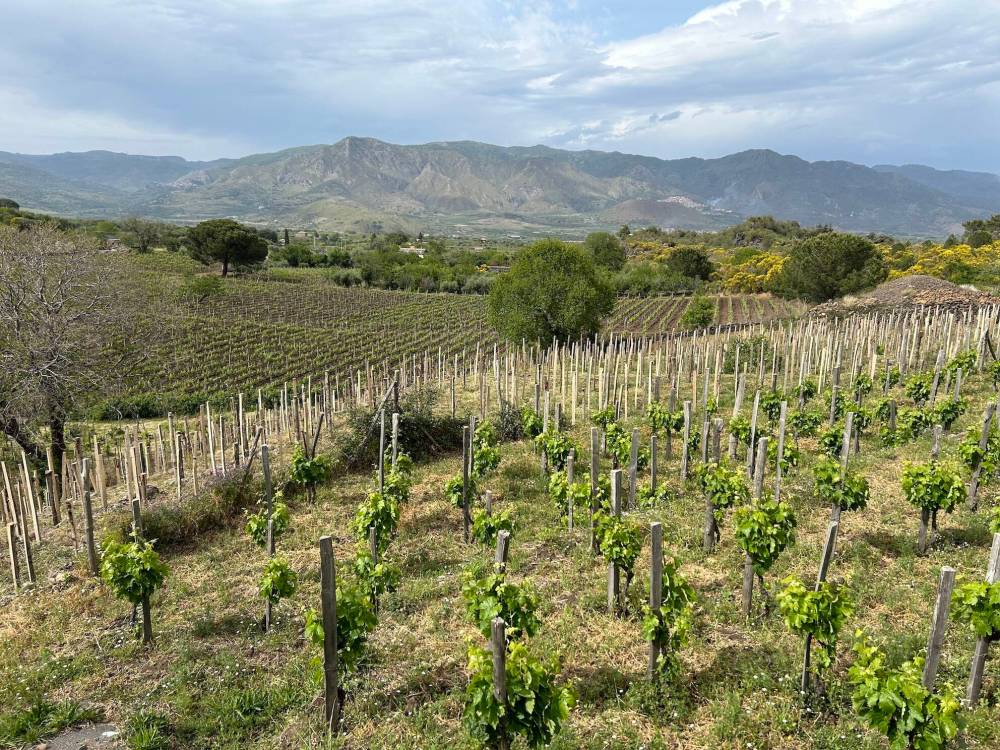
Ben Sigurdson / Free Press
Sicily is Italy’s largest wine region, best-known for its sweet, fortified amber-brown marsala but producing very well-made reds and whites.
First, an overview on Sicilian wines. Generally speaking, the warm Mediterranean climate results in plenty of heat across the island, with ample sun and little rainfall across most of the island. Strong winds blow in from the sea from many directions, some of which can bring rain with them, particularly on and around Mount Etna, as our group was to discover. (More on that in a bit.)
Sicily is Italy’s largest wine region, and is home to dozens of indigenous grape varieties, some of which are only grown on the island, (although some producers in the south also make wines from rock star grapes such as Cabernet Sauvignon and Chardonnay).
The region is perhaps best-known for its amber-brown fortified Marsala wine made on the west end of the island, but as our group was focused on the east and the dry, lively wines made on and around the foothills of Mount Etna, nary a drop of the stuff crossed my lips, sadly.
About two-thirds of the grapes planted on the island are white varieties, in part to facilitate production of the sweet, amber-brown Marsalas. Common white grapes planted include Grillo and Catarratto varieties, which when made as table wines are often rich and fruit-driven whites. Carricante, meanwhile, is the primary white variety planted around Mount Etna, producing fresh, lively and bone-dry whites.
On the red wine side of things Nero d’Avola reigns supreme. It’s a grape that thrives throughout the island, creating wines with good depth of colour and dark fruit-driven flavours. Most are immediately drinkable, but a handful of these wines can also be aged in the short term.
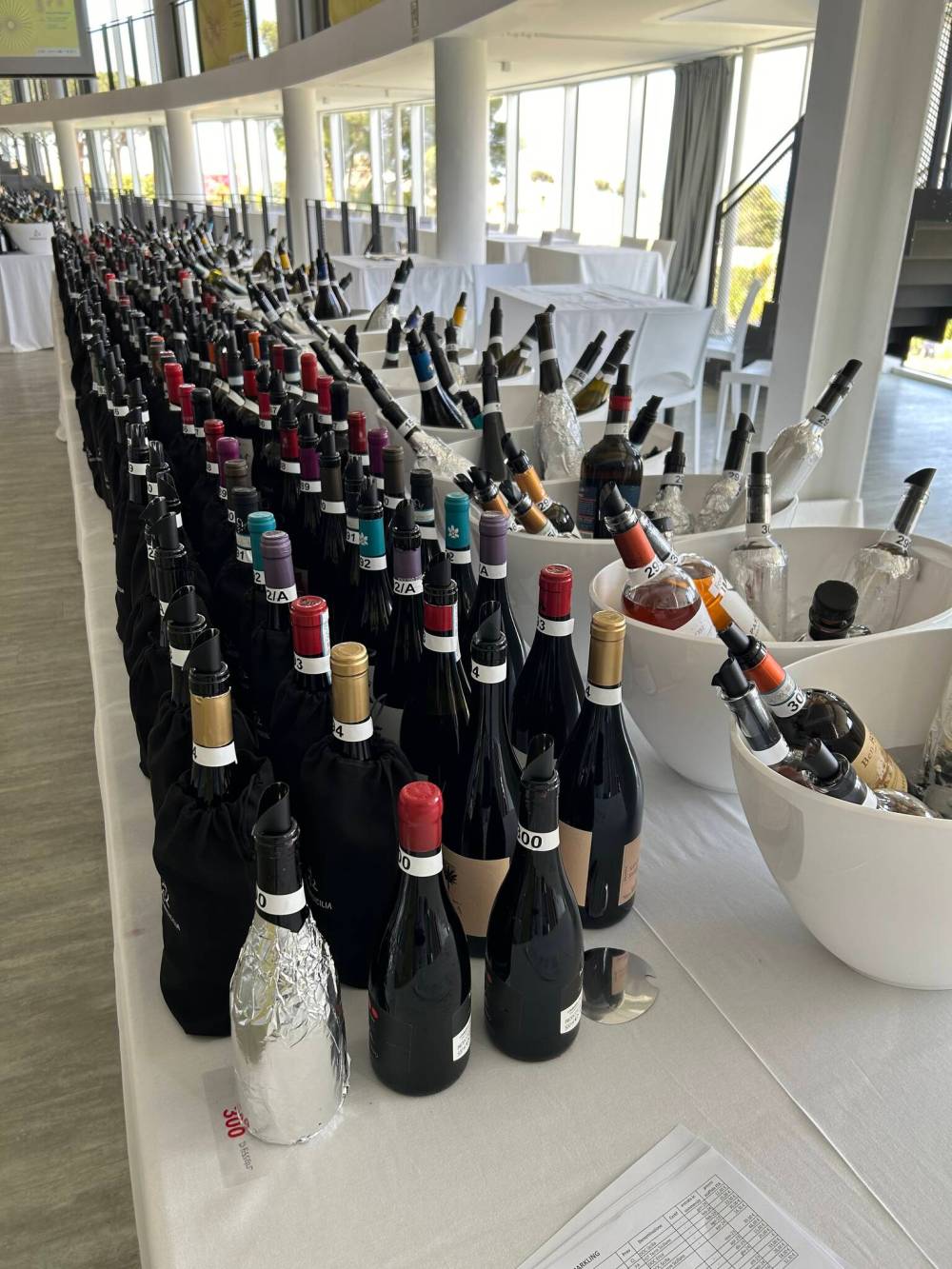
Ben Sigurdson / Free Press
Some of the many bottles of Sicilian wine being poured at Sicilia En Primeur.
Of particular interest on this visit was the red variety called Nerello Mascalese, which thrives in the foothills of Mount Etna and is the primary grape variety in Etna Rosso wines. The wines are lighter in colour, and bring similar aromatic and flavour profiles to Pinot Noir (minus some of the funkiness) or even Barolo (with lighter tannins). Fans of red Burgundy and Pinot in general, take note.
Discovering the Etna Rosso reds proved to be the trip’s highlight. Nerello Mascalese does well in the dark, volcanic soil and at higher elevations, while increased rainfall around Mount Etna keeps the region slightly cooler, resulting in lighter but well-structured reds with higher acidity and complex flavours.
After our last winery visit before the Sicilia en Primeur event kicked off the following day, our group piled into a four-by-four sprinter van for a trek up the mountain to see Mount Etna up close. The peak of Mount Etna is around 3,300 metres above sea level; as our group wound our way up black volcanic rocky roads, trees gave way to prickly shrubs and then vanished altogether. And as we ascended, the sun became obscured by clouds, which first delivered rain and then, once we got higher, snow. In May. In Sicily.
Our ascent ended 2,800 metres up Mount Etna, where we briefly exited the van and experienced the snow gusting across wind-swept rock. For us colder-weather dwellers, the novelty of the white stuff was slightly subdued, but combined with the barren landscape, it did make it feel like we were on a different planet.
The next day, away from the shadow of Mount Etna in sunny Cefalù, the visiting media reconvened at Sicilia en Primeur, where we attended wine masterclasses and comparative tastings, sampling through various ranges of wines with producers who had gathered at the event.

Ben Sigurdson / Free Press
A trek some 2,800 metres up Mout Etna saw sun turn to rain and then snow… in May. In southern Italy.
And while it was my only wine trip of 2024, Sicily ranks right up there among my all-time viticultural visits. The incredible cross-section of wines, the fantastic culinary options (influenced by centuries of different cultures occupying the island) and the breathtaking landscape all made for a memorable and delicious experience.
uncorked@mts.net
@bensigurdson

Ben Sigurdson / Free Press
Alberto Graci, owner of the Graci winery, explains the vineyards around Mount Etna with help of a map.
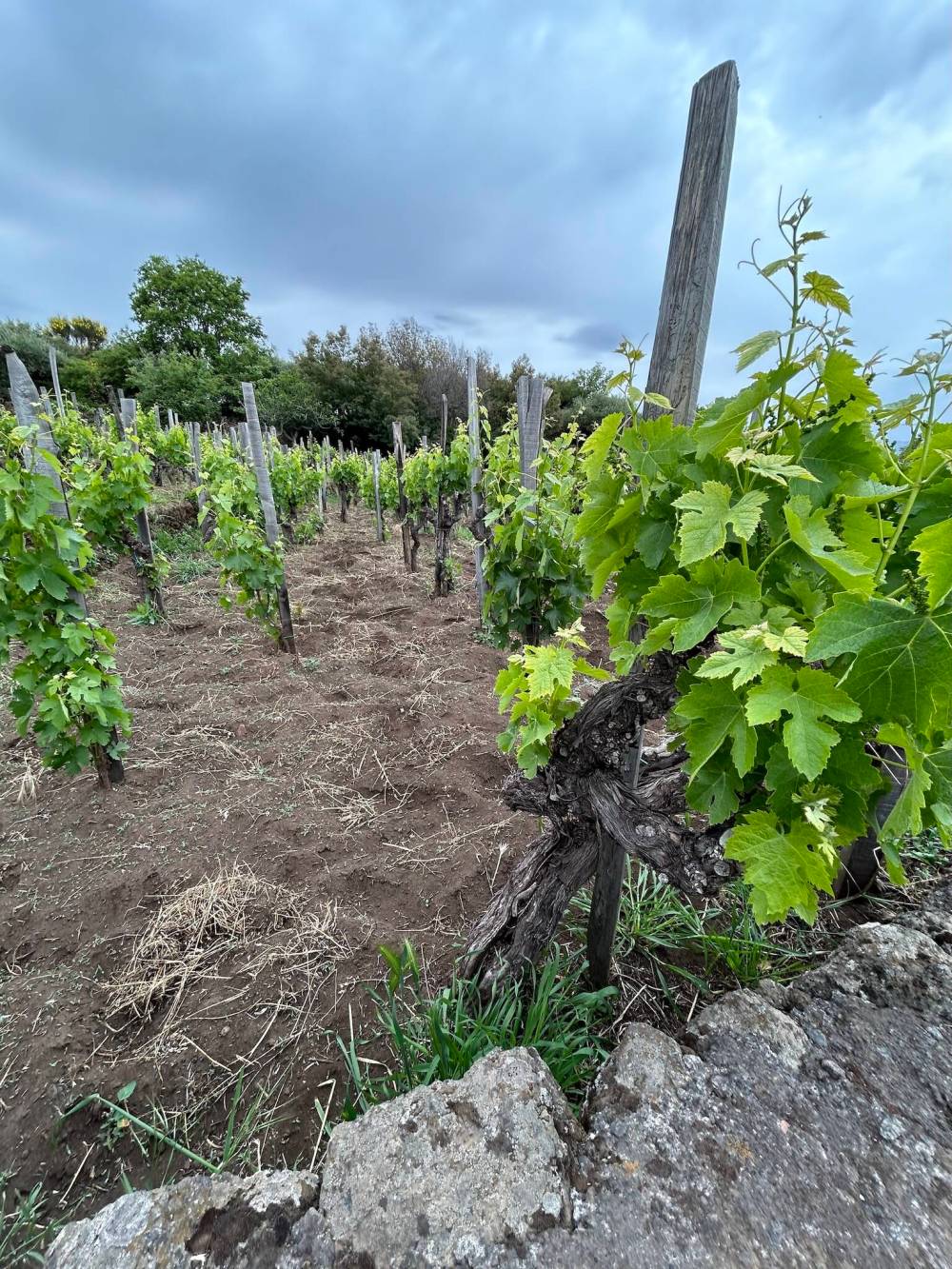
Ben Sigurdson / Free Press
Nerello Mascalese grapes grow in the fine, dark soil of the foothills of Mount Etna.
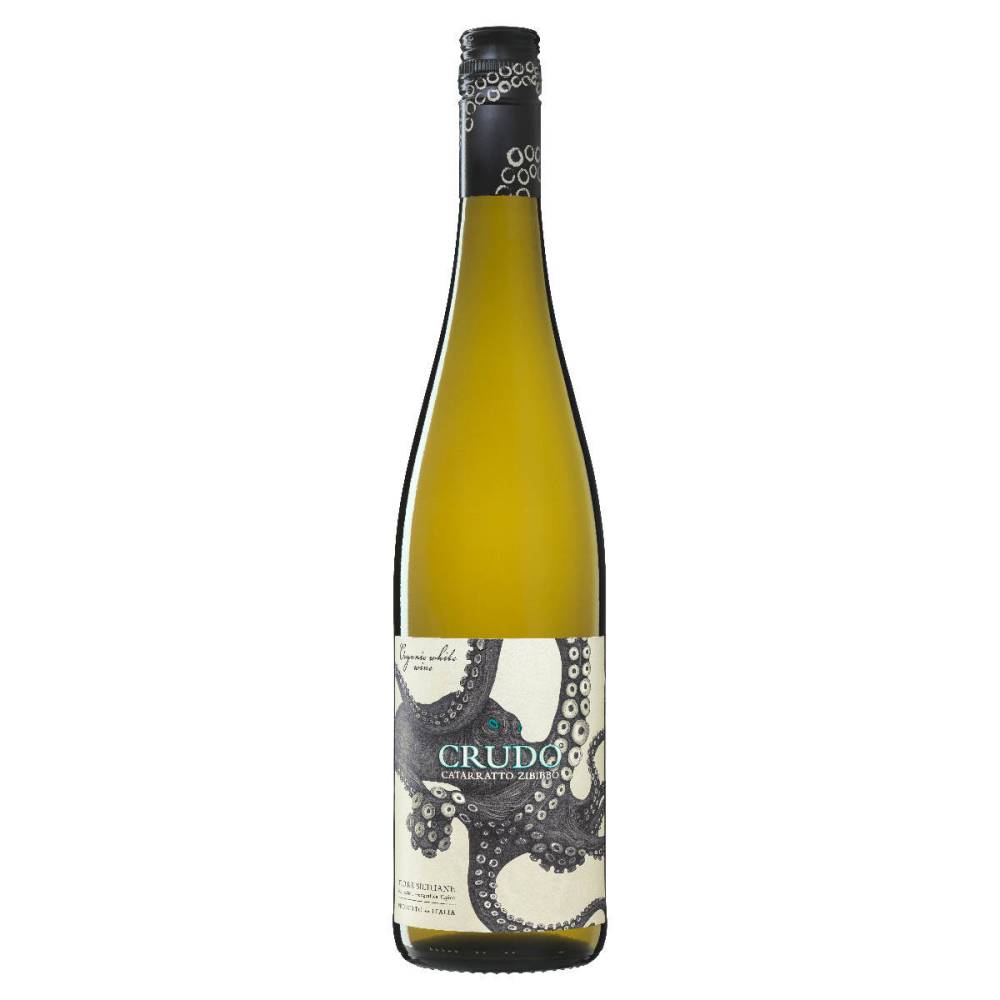
Crudo Catarratto Zibibbo
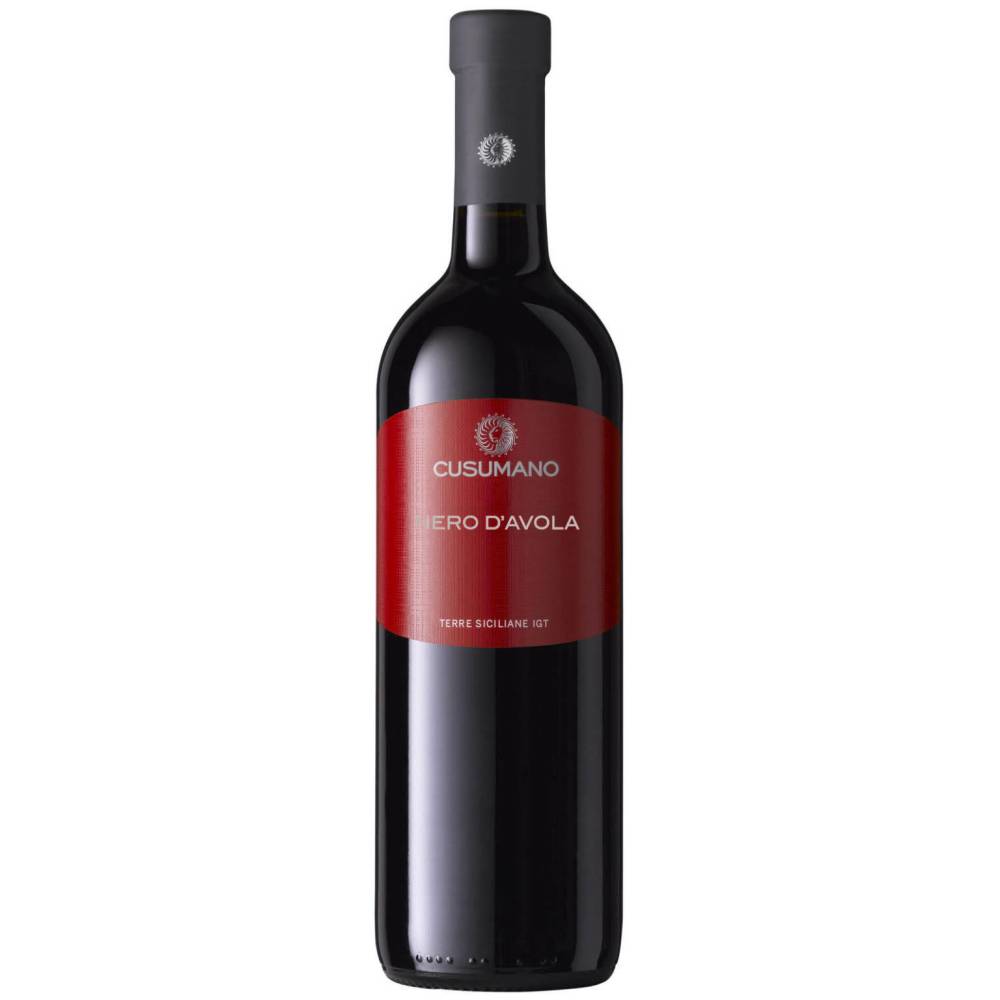
Cusumano Nero d’Avola
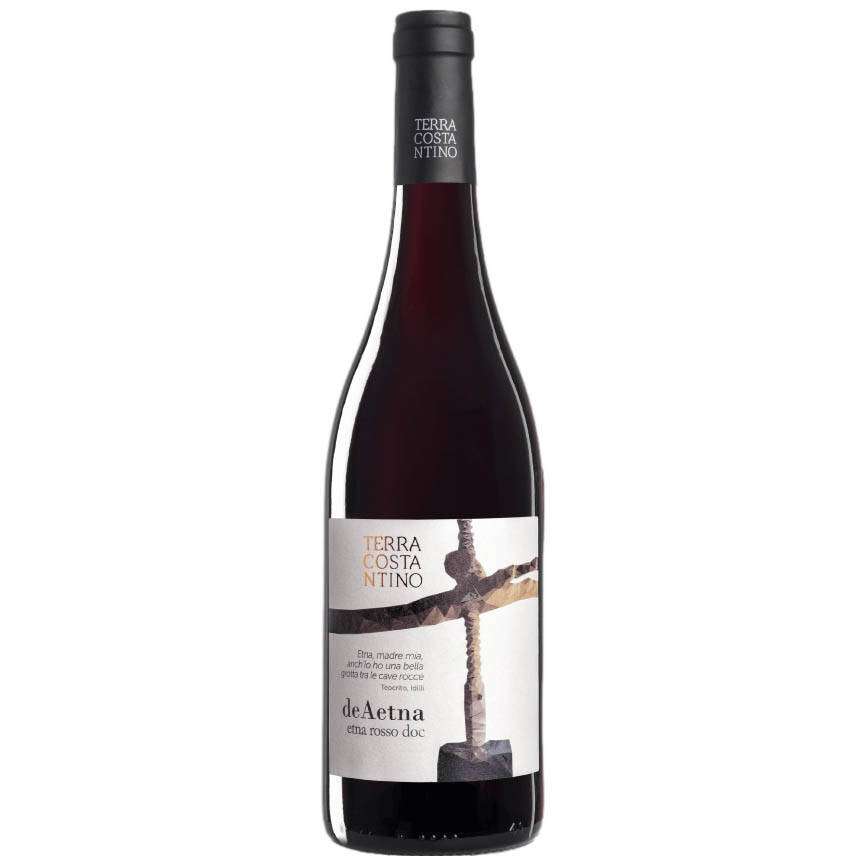
Terra Costantino de Aetna Etna Rosso
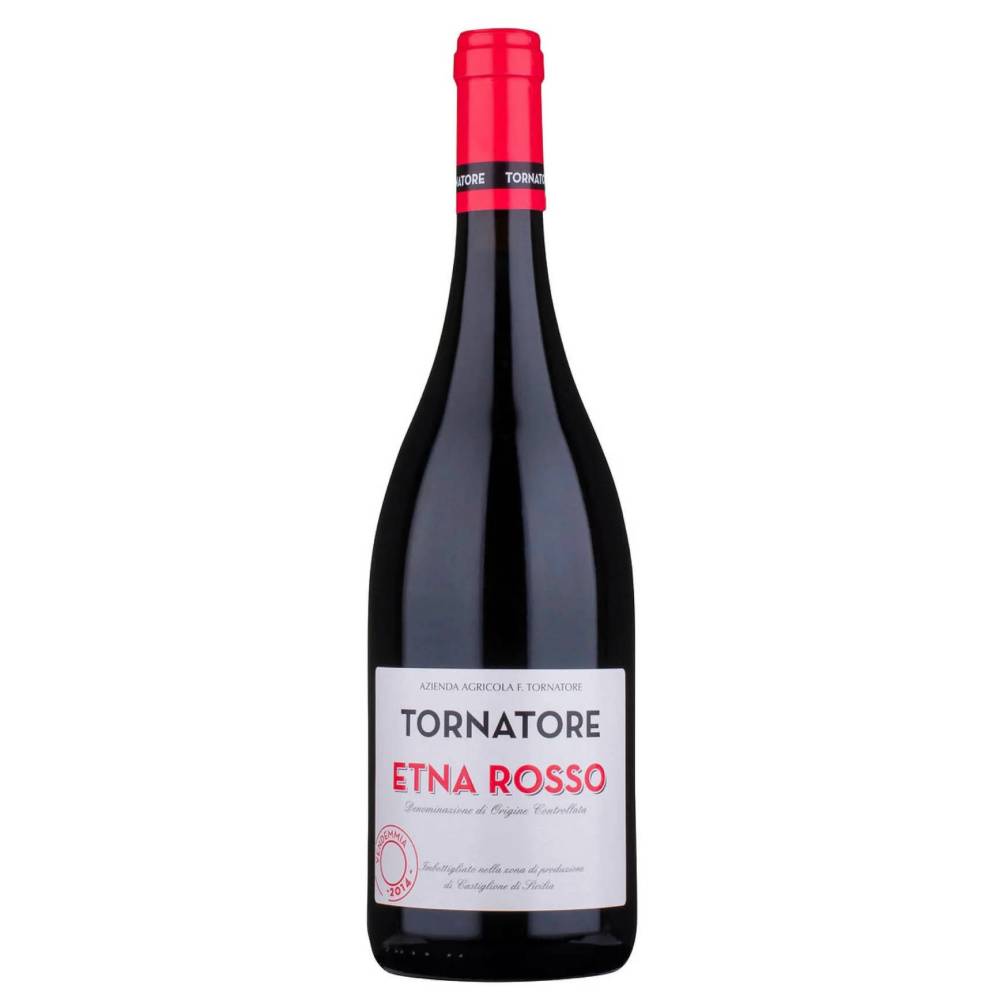
Tornatore Etna Rosso

Our newsroom depends on a growing audience of readers to power our journalism. If you are not a paid reader, please consider becoming a subscriber.
Our newsroom depends on its audience of readers to power our journalism. Thank you for your support.


